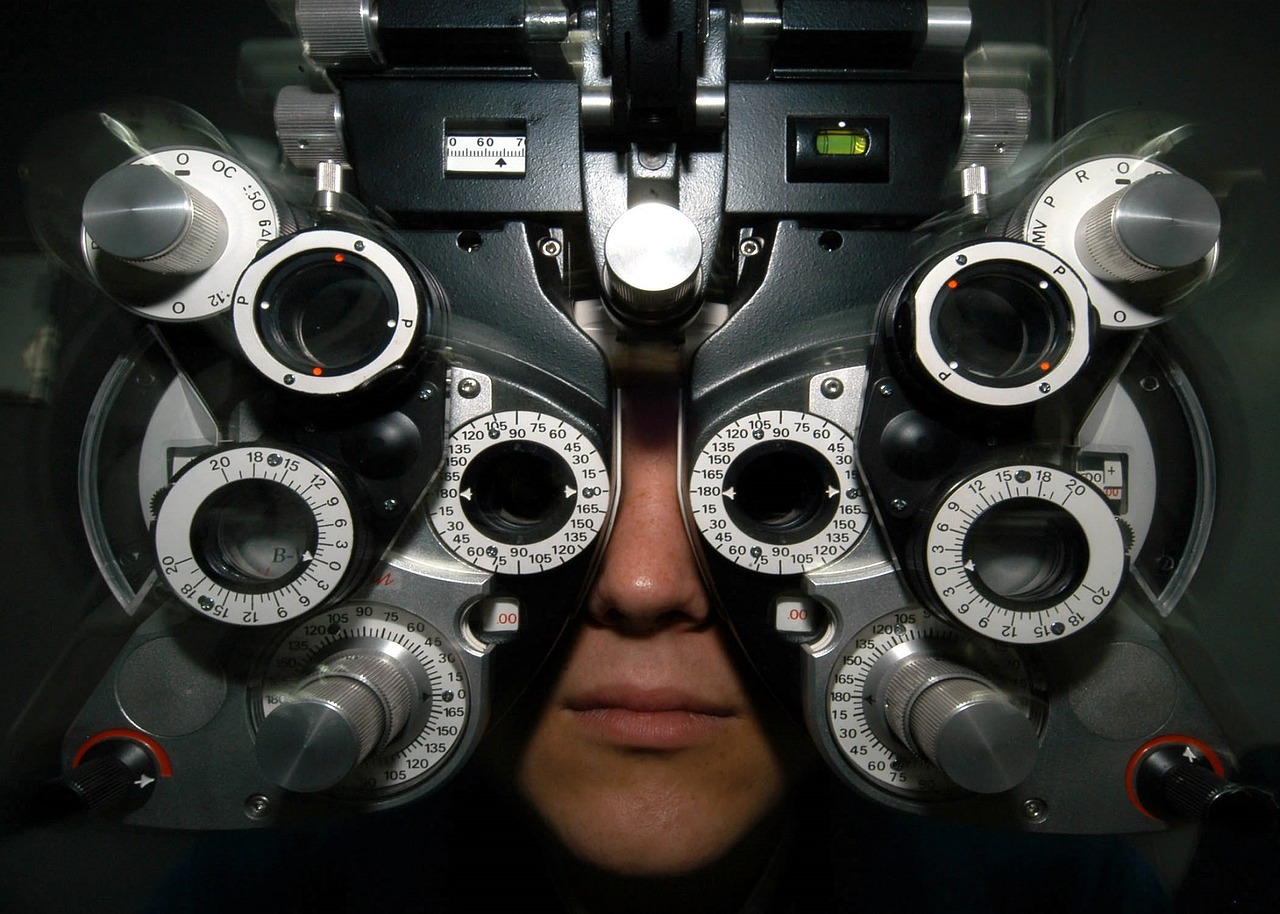
Last month, one of my favorite fellow radiology bloggers, Eric Postal at Diagnostic Imaging, wrote a piece entitled Where Did You Enter The Job Market? In it, he described some of the issues of entering the job market at different points of the radiology job market cycle. And, he painted a relatively even-handed picture of the situation.
Now, I don’t want to be Negative Nancy or David Downer, but, unfortunately, I have to give a less rosy assessment of the situation. Sometimes, you have to describe it like it is: The residency graduate at the bottom of the job cycle sometimes may never completely recover.
Fortunately, for anyone who is entering the job market at this current “high point” of the cycle, you will not have to experience any of these issues if you find the right job at the outset. But, for those of you who entered the job market cycle at less desirable times, you will understand precisely what I am saying. So, let me tell give you a summary of the reasons why job applicants in the nadir of the cycle may permanently feel the pain.
It Takes Years To Recover From The Personal Financial Losses
Once again, the magic of compound interest only works when you can maximize the earnings of your earliest working years. Unfortunately, working at 20 vs. 25 years at maximal salary makes an enormous difference. And, if you find a barely adequate job when you first start, you will have lost out on that opportunity. You may have delayed partnership by three, four, five, or more years. Or maybe, you chose a second fellowship instead of going out into the job market. Either way, those lost years can become more significant than you might initially think. In the end, a loss of this amount of time can lead to millions of dollars of decreased savings as a radiologist!
You May Have To Root Up Your Family From A Locale
So, you don’t like the circumstances of your first job due to its location or circumstances. Well, it may not work out so well for you and your family. Perhaps, you have children in elementary or middle school. In this situation, you may have to pack up your bags and take your whole family with you to another town. Imagine the trauma of moving for your children to a new school in a different city. It is happening right now to many of you that entered the job market toward the negative end of the cycle!
Forced To Practice In A Specialty Area That You Don’t Like
OK. You did that fellowship in mammography because you thought that it would help with obtaining a job in a medium sized city, even though you did not enjoy it that much. Now, your skills have atrophied in other areas in radiology. What do you do, now that you want to switch jobs? Another fellowship? Well, at your stage in your life, it’s not so easy to pick up and start another training subspecialty again, once you’ve been out and working for several years, is it? Your decision may stick with you, forever!
More Likely To Have Multiple Jobs
Anyone that starts a so-so job during a downturn will become more likely to leave their job when the market improves. Perhaps, you need to go because the practice has become so oppressive. But, who wants to pick up and start anew again? Moving can be such a drag. And, all those connections that you have made in the community, utterly lost!
Academic Career Rewards Delayed
Entering The Job Market At The Bottom Of The Cycle
No matter what other authors may say, there is no way around it. Nor, can I sugarcoat it. Entering the job market at the bottom of a cycle can become a permanent disadvantage to your career, finances, and future. But, I am glad to say these issues no longer apply for those starting after completing residency and fellowship now. Let’s continue to hope that for all of the future job applicants; the good times continue to roll!













